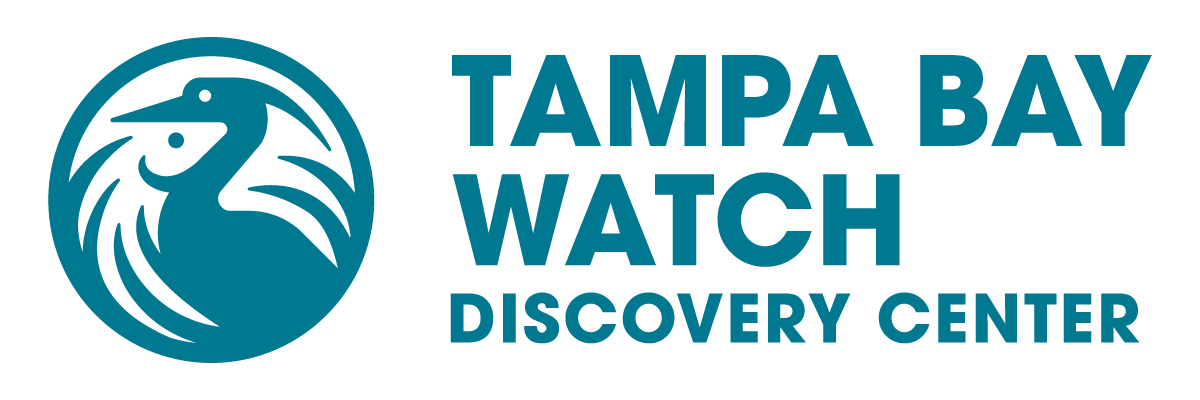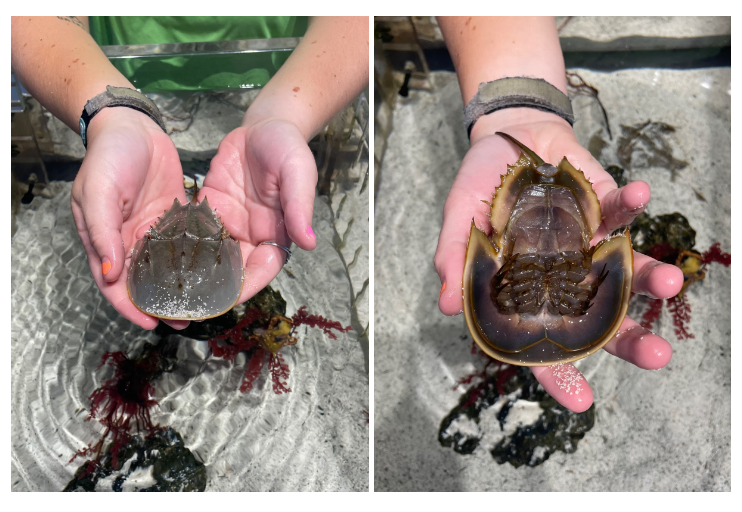Living Fossils: Horseshoe Crabs!
by Makayla Doran
Have you seen these weird looking creatures on the local beaches? Believe it or not, these organisms aren’t really crabs; they are more closely related to spiders and scorpions.
Horseshoe crabs are considered living fossils because they have been around since well before the dinosaurs – 445 million years. These creatures are extremely unique in the way they look and their blood! Their blood is actually bright blue which is extremely important to humans; if you have ever gotten a vaccine or a surgery, horseshoe crabs helped you out! Their blood contains a protein called Limulus Amebocyte Lysate, or LAL, which checks vaccines for endotoxins to make sure they are safe for humans. This is the only known natural source of LAL; the crabs are usually collected, bled, and then returned to the ocean.
Horseshoe crabs have six sets of legs, but only walk on five of them. The first pair is up by their mouth, and helps move food to their mouth, known as chelicerae. Their second pair, or first pair of walking legs is called the pedipalps; this is where you can assess the gender of the crab. Males have two ‘boxing gloves’ which they use to hold onto the female during reproduction, whereas females have regular legs. Horseshoe crabs mate along beaches during full and new moons March-April and in the fall months. Their eggs are a major source for shorebirds that are migrating.
Horseshoe crabs are invertebrates, meaning they have no backbone! They have an exoskeleton, a system of bony covering all over their body, which they have to shed as they grow. We have many of these molts inside of the Discovery Center if you are interested in taking a look. They also have ten eyes with photoreceptors along their tail; their eyes have the largest cones and rods of any animal including humans – almost 10x the size! Their tails are called the telson, which helps them right themselves when they get flipped on their back. Their pointy tails are not used for defense and cannot hurt you.
If picking up Horseshoe crabs, one must make sure to pick them up properly as they are fragile! Carefully hold onto the body on either side and lift them like that. If you want to look at their underside, carefully flip them over and hold them in your palm. Please do not pull them up by their tail – this can hurt them and even break off! This species is extremely important to ecosystems from Delaware Bay to Tampa Bay as a food source for animals and for humans for their medicinal uses. These crabs are older than the dinosaurs and deserve our respect and care; their population has been dwindling in recent years due to overharvest and habitat degradation. Take care of your beaches and ocean to take care of your horseshoe crab friends!

